
The U.S. Air Force made huge strides in modernizing its fleet of Lockheed Martin F-22 Raptors with the major contract worth more than $1 billion going to RTX Raytheon, which is meant to enhance sensors.
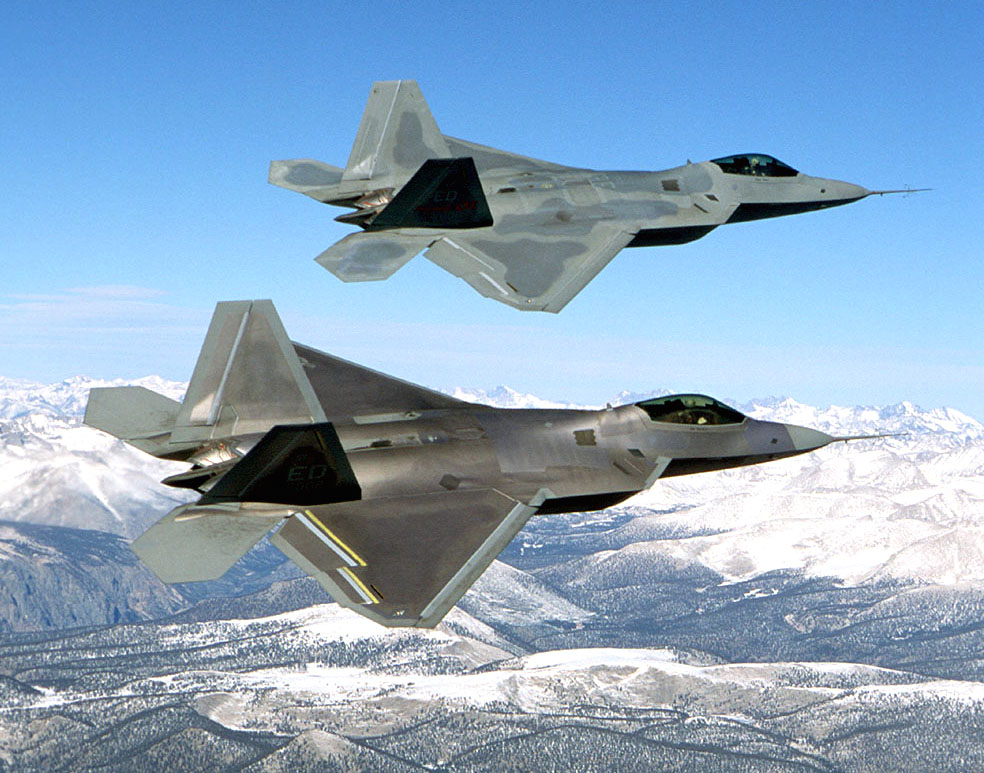
The deal marks the fourth leg of a larger $7.8 billion plan meant to sustain the F-22’s superiority in the skies well into the 2030s, especially over the Indo-Pacific.

This is part of the modernization effort: retiring 32 older Block 20 Raptors, leaving 154 for upgrades.
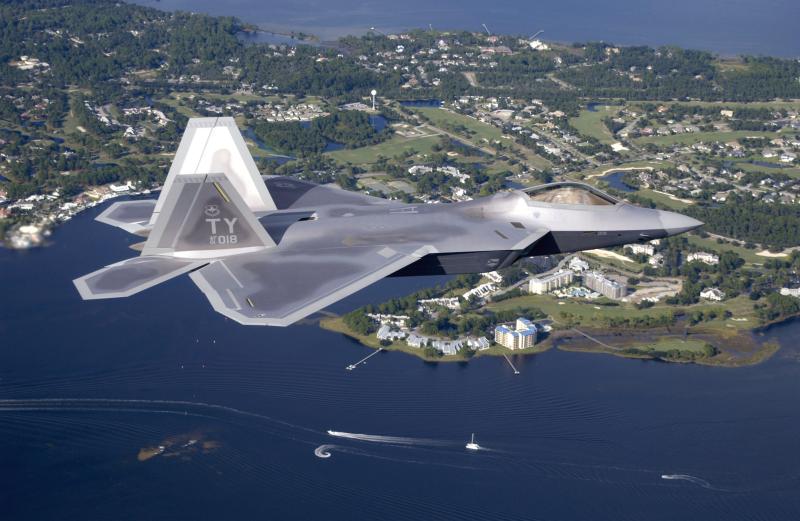
Of course, this is not simply a matter of sustaining the capabilities of today, but will feed into the development of the Next Generation Air Dominance program; technologies tested on the F-22 might find their way into later systems, so the Raptor is an important testbed for NGAD.
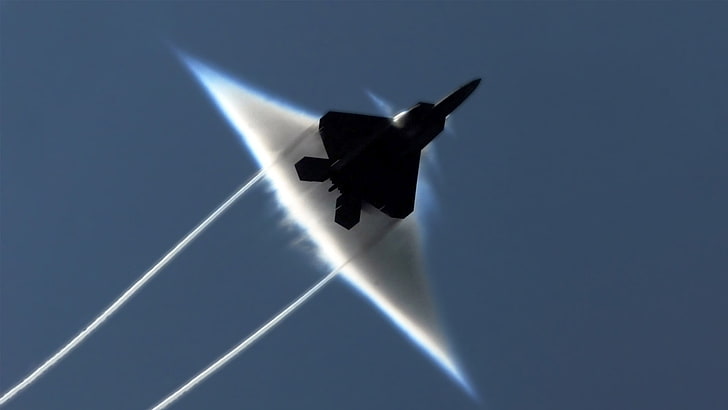
“The F-22 team is working hard on executing a modernization roadmap to field advanced sensors, connectivity, weapons, and other capabilities,” said Air Force Brigadier General Jason Voorheis, program executive officer for Fighters and Advanced Aircraft at the Air Force Life Cycle Management Center (AFLCMC).

The $1 billion contract procures Group B hardware, spares, and support equipment that enhances the F-22’s sensor capabilities.

Group B hardware, spares, and support equipment will be produced at McKinney, Texas, and are scheduled for May 8, 2029. This contract supports a larger effort of improved connectivity, new cryptographic systems, and advanced threat detection that will keep the F-22 effective against emerging threats.

It was decided by the government to retire the older Raptors to redirect this funding to the NGAD program all-rounded initiative that would allow for the full development of a sixth-generation manned fighter and its fleet of drone wingmen.

Moreover, the money expended on the upgrade of the F-22 Raptors would also benefit the NGAD in some way, as RTX Raytheon sensors would form part of the rapid prototyping and commissioning process of the air service.

Relatedly, the U.S. Air Force budget documents for fiscal year 2025 call for the Raptor to deliver homeland and cruise missile defense “into the 2040s.”

This budget request includes almost $10 billion in spending over the next several years to pay for F-22 modernization, including the aircraft’s weapons, communications, navigation, pilot-vehicle interface, and electronic warfare suite.
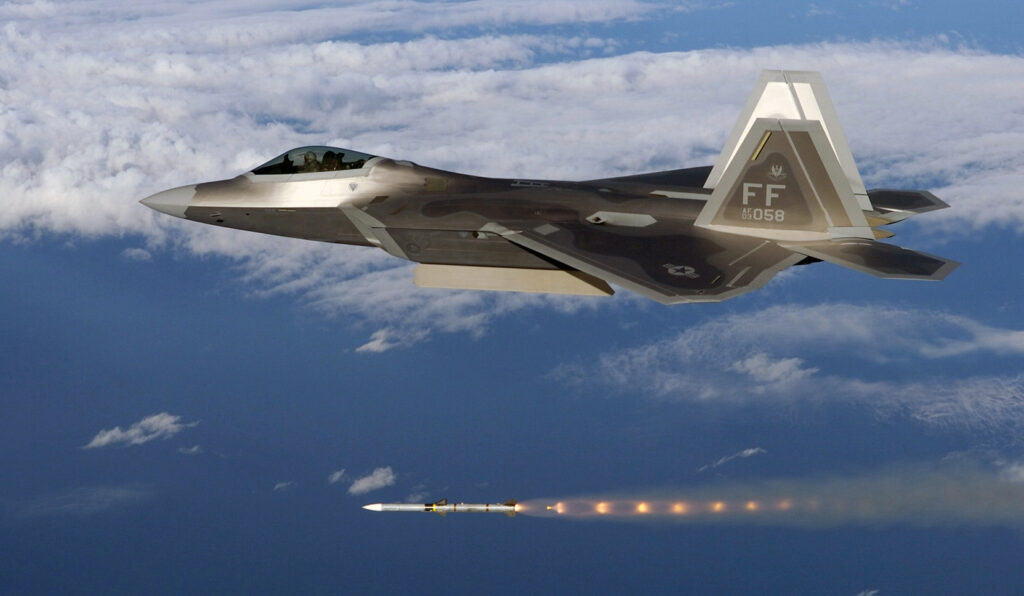
With the NGAD development pause, modernization opportunities in the F-22 are the best focus for defense contractors. RTX, for instance, subsidiaries supply the Pratt & Whitney F119 engines that power the F-22, the Collins Aerospace ACES II ejection seat, and air-to-air missiles-sees the potential service life extension as an opportunity to upgrade the jets.
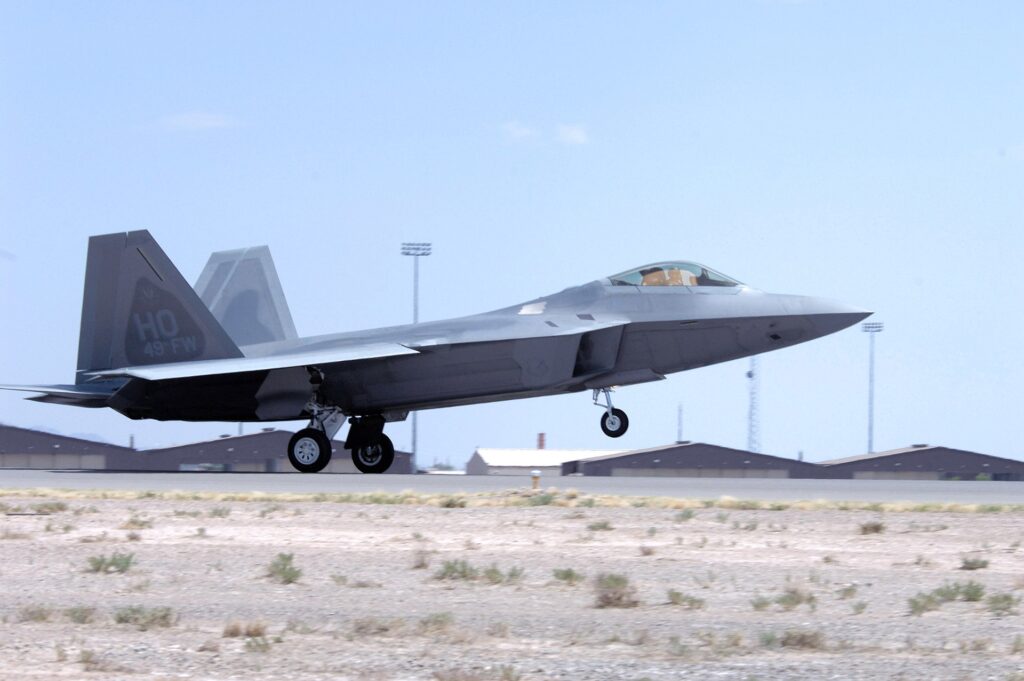
According to Caroline Cooper, executive director of P&W for F119 engines, P&W would continue partnering with the Air Force to keep the engine ready, affordable, and relevant. She added that it was already possible for P&W to increase F119 performance over the past few years by looking into flight data and maintenance practices.

Raytheon is also modernizing its beyond-visual-range AIM-120 advanced medium-range air-to-air missile (AMRAAM) that is carried on 14 different fighter platforms around the world, including the F-22. The latest variant of the missile, the AIM-120D-3, has improved range and enhanced resistance to adversary radar jamming and countermeasures.

In addition to modernizing the propulsion and armament on the F-22, Raytheon received a contract from the USAF for more than $1 billion worth of upgrades to update the aerobatics of the stealthy jet with unwritten upgrades in the onboard sensors.

The upgrade package for the F-22 released by the USAF reflects an all-encompassing endeavor, according to the upgrades that go as far as Mode 5 IFF, the Link 16 communication system, advanced radar electronic protection, and a new helmet under the Next Generation Fixed Wing Helmet program.

These upgrades reflect the commitment of the Air Force to air superiority and align with adapting to changing threats in highly contested environments, particularly with advanced 5th-generation fighters deployed around the world, such as J20 and Russia’s Su-57.